The laundry room is the special place in the house where clothes and all body wears are washed and dried. It is one of the workable rooms in every house that makes it a valid one. However, a house without a laundry room is still a valid house provided the residents have the means to wash and dry their clothes.
Be that as it may, for a laundry room to be called so, there are laundry room code requirements and laundry room code specifications that need to be followed when installing a washer or dryer, because failure to follow these code requirements may land you into serious problems when home inspectors visit or may affect you if you intend selling the house in the future.
There are several laundry room code requirements and specifications that need to be followed. The codes are made to keep you safe, to ensure your laundry room is a better way to reduce the risk of fire and increase safety. Therefore, in this article, we will explain these codes in the best possible ways.
Please, it’s important to note that building code differs from one place to another. The building code used in the US might be different from the one used in the UK, so it is wise to always contact your local authorities to verify before proceeding. Besides, some places require you get a permit before installing a washer and dryer.
Also, if you do not fully understand the building code requirements and specifications explained in this article, you are advised to call a plumber or a house engineer in your locality to help explain the details to you. It’s better to do it now to avoid making a mistake that may affect you in the nearest future.
Laundry Room Code Requirements and Specifications
Here are all the laundry room code requirements and specifications you should know:
The first laundry room code requirement is the entrance of your house. You need to make sure that the entrance door to your house is wide enough to allow you to move your washer and dryer inside the house.
If the door is too small for the appliance, how then will you be able to carry them inside? The same procedure should be followed if your laundry room is upstairs.
For those their laundry room is on the second floor, you should ensure your stairways are wide enough to enable you to carry the appliances up to the second floor.
For this to possible, you need at least a width of 45 inches to enable you to make a 90 degree turn when moving the appliance upstairs. For the doors, even if other doors are small, laundry room doors should at least be 32 inches wide. If yours is wider, it is an added advantage.
Laundry room code specifications for space states that if you have your washer and dryer placed side by side, you’ll need a horizontal space of 60 inches or five feet. To do this, you need to ensure that the depths of the appliances are measured appropriately.
Most of these appliances are 33 inches, so after measuring the 33 inches, add six inches for hoses and venting. Ensure that at least one inch is allowed on each side of the appliances to reduce noise from vibrations.
Furthermore, ensure to create 16 to 18 inches of clearance above the washer if it is a top-loading washer. This is important to enable you to open the door.
For the combination units of your stacked washer and dryer, you will be needing at least 60 to 70 inches vertical clearance and 24 to 30 inches horizontal clearance. Follow the same procedure as stated above by measuring the depth. When measuring the depth, ensure to leave a space six inches for the hose, venting, and air circulation.
Laundry room code requirements and specifications for electrical wiring should be followed carefully. An area made for laundry room equipment should at least have a receptacle outlet which should be installed within 6 feet of the intended appliance location to prevent the use of extension cords to bring power to the washer and dryer.
What this means is that you should ensure your washer and dryer are placed some inches closer to the socket where you intend to draw power to the appliance. You should avoid using an extension cord to draw power to the machine. The code does not permit you to do.
You will be needing at least, 125v, single phase, 15 amp, and 20 amp receptacles located in the laundry room. Just like bathroom lights having GFCI protection, your laundry room electrical outlets should also have GFCI protection and AFCI protection. GFCI means ground fault circuit interruptor while AFCI means arc fault circuit interruptor. They are important for protection against electrocution and fire.
You can allow water distribution and drain in an exterior wall but you must ensure they are protected from freezing by heating or insulation. You can use both to protect them from freezing. However, for the plumbing code requirements, ensure to contact a professional plumber in your area.
When venting your laundry room appliances, do not make the mistake of using the wrong kind of dryer venting materials as that will be considered the going against the code.
The best venting material to use is the rigid pipe of nonflammable materials that has a smooth interior finishing so that they can inhibit the interior buildups for easy crushing. You can use a galvanized aluminum or aluminum pipe. The ones the won’t rust.
You must ensure that enough air circulates in the laundry room to ensure that your appliance in good condition. The air is going to cool the appliance when and immediately after use. Doing this will go a long way in preventing fire in the laundry room. It is also important to note that using a proper vent material will help create better airflow. If the airflow is enough, fire and lint build-ups will be reduced.
When choosing a water supply hose for your laundry room, ensure to buy a water supply hose that is pressure tested. Those that are designed to be used for laundry purposes such as braided stainless steel hoses.
If you want to have a floor drain, it should at least be 2 inches in diameter. The 2017 IRC code did not make it mandatory to have such but it is better to add them in case of emergency drainage.
Reasons Why you should Obey Laundry Room Code
The laundry room code is very important because it will help prevent any accident from happing in the laundry room while you are using it.
The whole idea of the laundry room is to ensure it is safe to be used by you or any member of your family. You won’t be happy if you injure yourself while trying to wash or dry your clothes in the room. Therefore, obey the code and save yourself from danger.
Another reason why you should obey the laundry room code is to ensure your laundry is coordinated. This is important in case you wish to sell the house in the nearest future. When a home inspector comes, your laundry room will be equal to the task. Do not offend these codes so it doesn’t affect you when you wish to sell your house.
Conclusion
Having known the laundry room code requirements and specifications, it is left for you to follow them to ensure your laundry is equal to the task. If you did not really understand what was explained in this article, then, you are advised to call your local authority on building, a plumber, or a house engineer/contractor to explain the code to you according to your location. Remember, laundry room codes differ from one place to another.




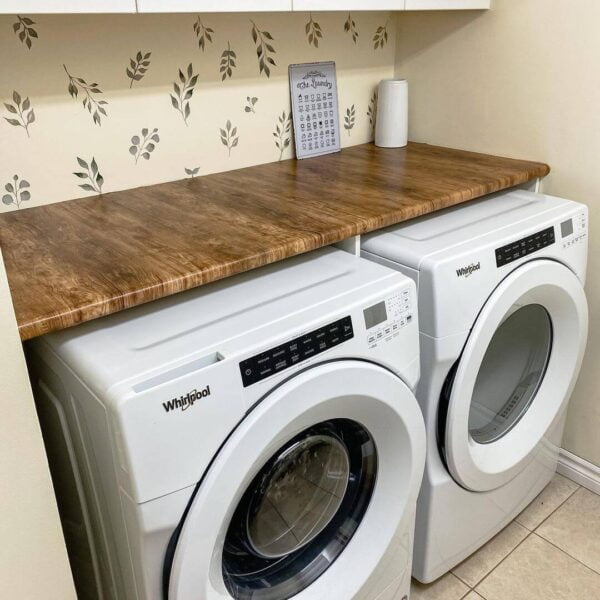
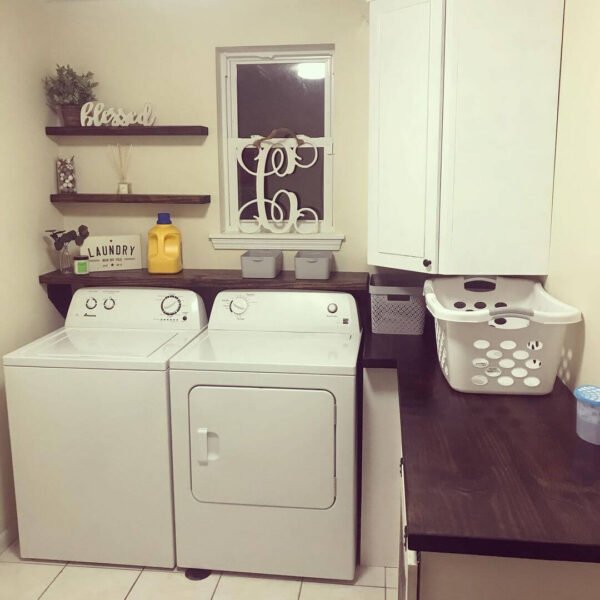
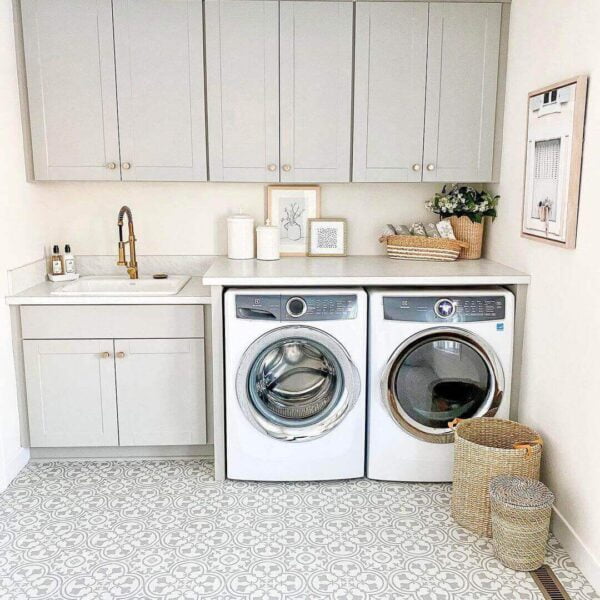
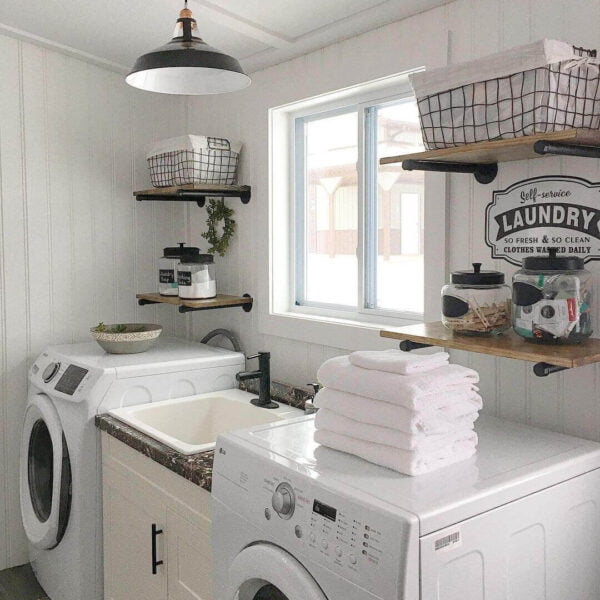
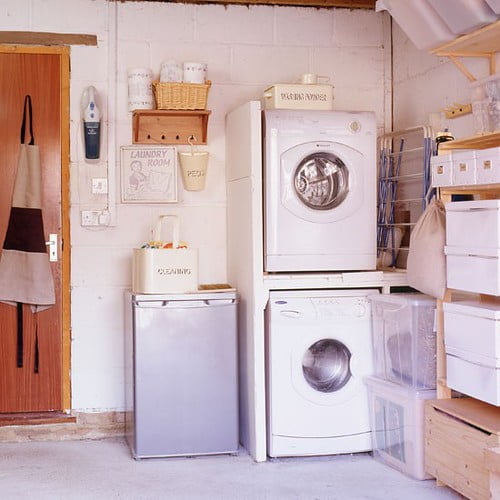
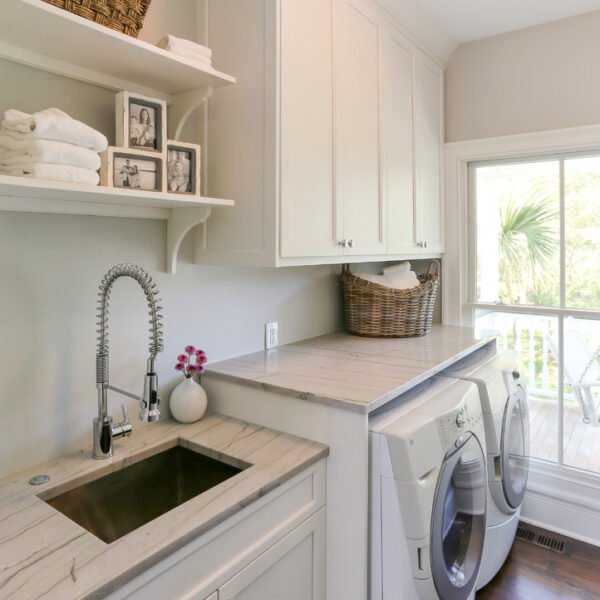
Leave a Comment